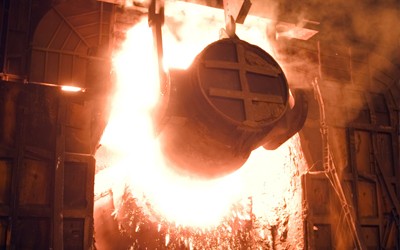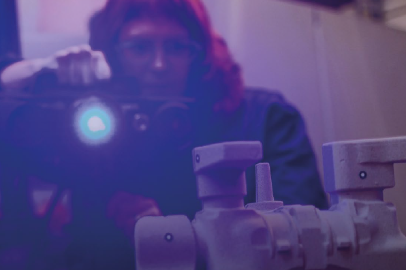We are committed to growing our engagement in the circular economy by reducing the amount of waste we generate, recovering more of our products after they have been used and increasing the usage of recycled materials
As part of this, we are determined to increase the usage of recovered and recycled materials in our product formulations. This poses multiple challenges, in terms of availability, consistency of quality, competitiveness versus virgin material whose prices fluctuate, regulatory frameworks for the transportation of end-of-life waste materials, and validations to ensure that product performance and reliability remain unaffected.
Cross-functional teams incorporating experts from R&D, Purchasing, and Manufacturing are working to identify and analyse opportunities in order to increase the share of recovered and recycled materials.
We support initiatives being pursued by authorities to improve the regulatory framework for the circulation of waste materials across borders, making it easier for them to be recovered and recycled in different countries.
The Board set a target for the Group to utilise 7% of recovered and recycled materials from external sources in its production by 2025.
Alongside the monitoring of recovered and recycled materials, sites are already actively working to reduce their waste. In addition, a Groupwide data collection, benchmarking and improvement programme was initiated in 2019.
The Board has set a target of a 25% reduction of our solid waste (hazardous and sent to landfill) per metric tonne of product packed for shipment by 2025 (vs the 2019 baseline).







